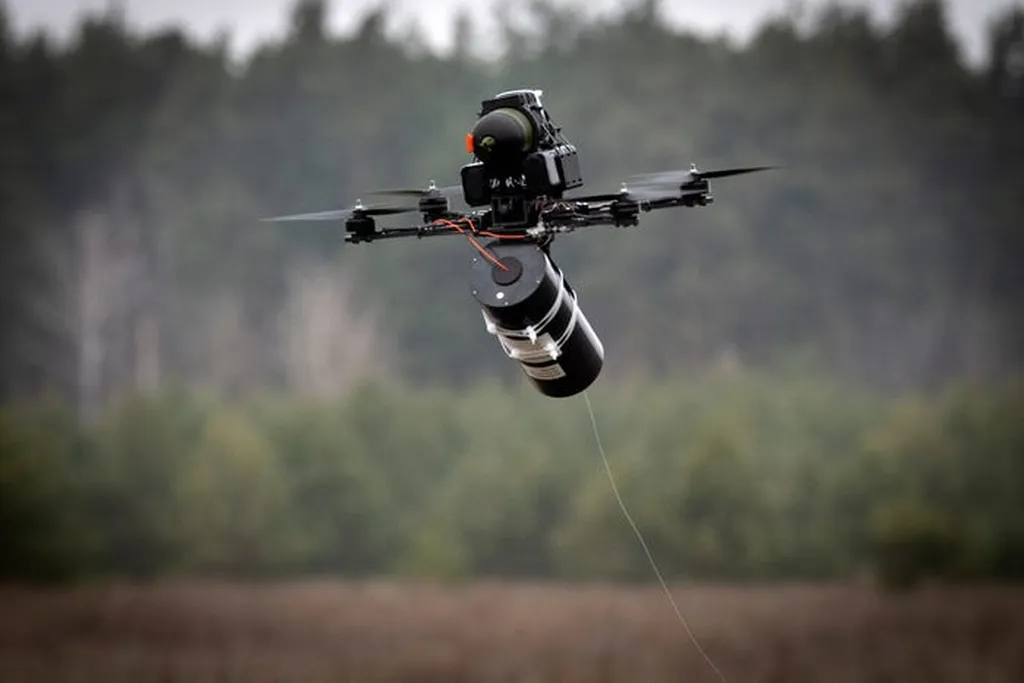Ukraine’s defence technology sector has undergone a radical transformation since Russia’s 2022 invasion, evolving into a dynamic, battle-driven ecosystem that challenges conventional Western defence procurement models. A new report by Tech Force in UA and the Better Regulation Delivery Office reveals that 88% of Ukrainian defence tech companies now sell directly to military units, bypassing traditional government contracts—a stark contrast to the 64% that adhere to conventional procurement processes. This shift underscores a development cycle where direct battlefield feedback accelerates product iteration, often outpacing the sluggish pace of traditional defence contracts.
The report, titled “War-driven: The Rise of Ukrainian Defence Tech and the Private Industry Behind It,” was released at the “Joint Ventures, Joint Defence” forum in Lviv. It paints a picture of an industry that defies traditional defence doctrine, with Ukrainian startups experiencing an astonishing 218% annual growth rate. These companies are building factories in just three months—a stark contrast to the years-long approval processes typical of Pentagon contracts. Nearly three-quarters of these firms were founded or pivoted to military technology after the Russian invasion, creating an entirely new defence ecosystem from scratch.
“The war itself decides which weapons are best,” said Vadym Yunyk, president of Tech Force in UA, which represents nearly 80 defence companies producing everything from attack drones to electronic warfare systems. “Russian aggression has not only forced us to find new ways to resist the enemy. It has compelled us to rethink what Ukraine’s defence industry can and must be.”
Contrary to Western stereotypes of garage tinkerers, the report reveals that 73% of Ukrainian defence tech companies have undergone independent financial audits, indicating professional management and operational sophistication. Three-quarters of these firms collect soldier feedback daily through messengers, QR codes, and online forms, enabling rapid product updates—sometimes measured in weeks. Some companies have made over 100 revisions to flagship products in the past year alone.
The operational model is equally revolutionary. Companies maintain multiple production sites across different regions to mitigate missile strike risks, with 42% operating five or more facilities. The median time to establish a new production site is just three months. Additionally, many firms employ flexible workforce models common in Ukraine’s IT sector, mixing traditional employees with gig specialists and individual contractors.
Initially dependent on Chinese components for rapid scaling, Ukrainian defence tech companies are now systematically shifting to EU and US suppliers as security demands increase. Currently, 28% source at least half their parts domestically, building resilient supply chains that European policymakers have long promised to create. This localisation has strengthened innovation and supply chain resilience, creating a virtuous domestic capability-building cycle.
However, there is a strategic irony: Europe desperately wants these battle-tested technologies, yet Ukrainian export restrictions and EU bureaucratic barriers prevent the apparent solution. Ukrainian companies operate at just 55% capacity, meaning they could nearly double output without new investment, while European defence ministers scramble for production capacity. The disconnect extends beyond capacity to capability. Ukrainian producers have mastered asymmetric warfare technologies that NATO militaries struggle to understand, let alone procure. Traditional defence contractors are still delivering incremental improvements on Cold War platforms, while Ukrainian startups iterate monthly through generations of drone and electronic warfare systems.
The financial appetite for these technologies is clearly there. With €4 billion in projected revenue for 2025, these companies are attracting investment interest, though they are selective about funding sources. Smaller firms seek R&D financing through convertible instruments, while larger companies focus on scaling production through debt or joint ventures. Company size significantly influences financing preferences, reflecting growing sophistication in capital strategy.
The report highlights an “unprecedented global interest in Ukraine’s defence tech industry” alongside “the readiness of Ukraine’s partners for real industrial cooperation.” However, significant bureaucratic hurdles remain. Tech Force in UA and the Better Regulation Delivery Office urge European leaders to seize the current strategic window by investing in Ukraine, providing guarantees and financial tools for cross-border partnerships, granting Ukrainian producers access to EU defence programs, offering investment insurance against wartime risks, and streamlining acquisition processes.
Ukraine has accidentally built the defence industry of the future. Whether Western governments will streamline procurement processes to access these battle-tested technologies remains uncertain. The strategic opportunity to partner with Ukraine’s defence innovation ecosystem may not persist indefinitely as global competition for these capabilities intensifies.

